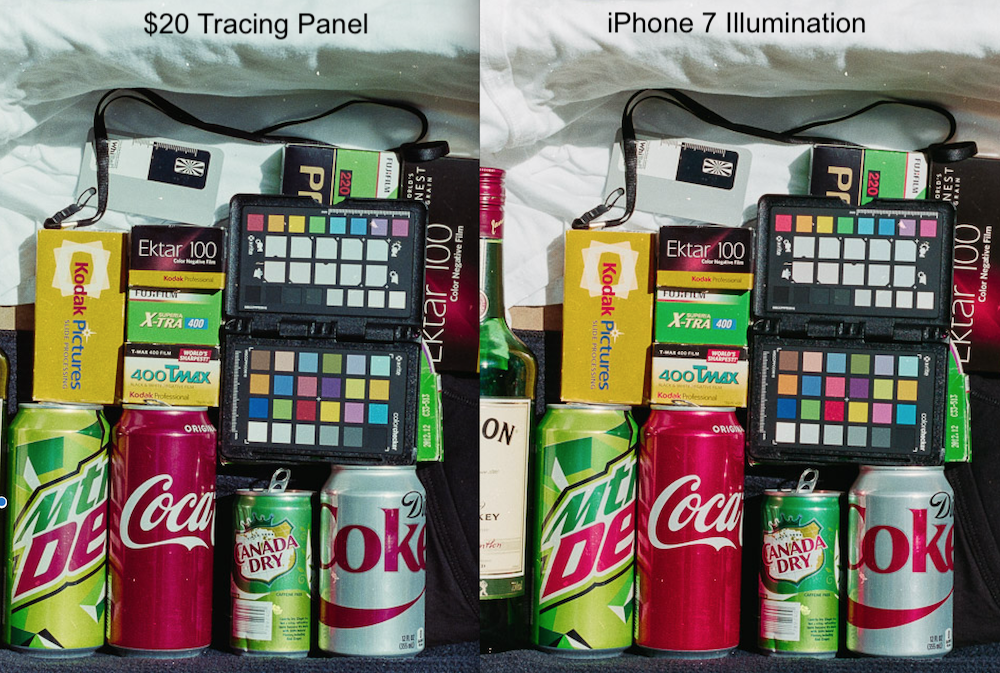anarchitect
Newbie
Hi guys,
For a while I've been roaming the internet to find DSLR scanning guides and it's hard for me to understand exactly what I need. As I've seen some really knowledgeable people and posts on this forum I was hoping to find exactly the help I need here.
Right now I'd like to digitize my film archive, as well as scan any new rolls I shoot. Most of it is color negatives.
I own a Nikon D3300 with no macro lens. From what I understand I might face some trouble converting color negs because the orange mask causes clipping in the RGB channels. Is that correct? How do you deal with that? Adjust tones and curves per picture? Compensate when shooting? (EDIT: I just read this post and I gather from it that the consensus is that orange clipping isn't that much of a problem.)
For gear I'm considering buying a Nikkor Micro 55/2.8. I've never done any macro photography. If I understand correctly I'll need to stitch pictures of medium format (6x4,5) together to get a decent resolution (suitable for printing, say, 10x12" prints). Is that correct, and how would you recommend doing it?
If I'm not mistaken the lens will reach a magnification ratio of 1:2, which would mean that one 35mm negative will match my APS-C sensor, so I think that would be convenient to get 24 mpx scans. Please correct me if I'm wrong. Would I need any macro tubes to make this work?
Now the best deal for this lens I've found is 100 euros. I realized the other day that perhaps I could also purchase a Mamiya-to-Nikon adapter to use my Mamiya 80/1.9 as a lens. I have some extension tubes for my Mamiya (never used, came with the camera) and because the sensor is so much smaller than the lens is built for, I thought perhaps I won't be troubled by the reduced corner sharpness of non-macro lenses. Is this a bad idea? Or should I just try both and compare the methods?
For a lighting source I was thinking of acquiring a light pad, which seems to me to be easier than setting up a remote flash rig (which I would also have to buy, but maybe it's worth it?). I don't have much money at the moment (starting a job soon but not sure how long it will last) and from what I've gathered DSLR scanning can match the quality of higher-end flatbeds (and, according to some, anything short of drum scans) which would also cost me a bit more.
I appreciate any feedback and advice! <3
For a while I've been roaming the internet to find DSLR scanning guides and it's hard for me to understand exactly what I need. As I've seen some really knowledgeable people and posts on this forum I was hoping to find exactly the help I need here.
Right now I'd like to digitize my film archive, as well as scan any new rolls I shoot. Most of it is color negatives.
I own a Nikon D3300 with no macro lens. From what I understand I might face some trouble converting color negs because the orange mask causes clipping in the RGB channels. Is that correct? How do you deal with that? Adjust tones and curves per picture? Compensate when shooting? (EDIT: I just read this post and I gather from it that the consensus is that orange clipping isn't that much of a problem.)
For gear I'm considering buying a Nikkor Micro 55/2.8. I've never done any macro photography. If I understand correctly I'll need to stitch pictures of medium format (6x4,5) together to get a decent resolution (suitable for printing, say, 10x12" prints). Is that correct, and how would you recommend doing it?
If I'm not mistaken the lens will reach a magnification ratio of 1:2, which would mean that one 35mm negative will match my APS-C sensor, so I think that would be convenient to get 24 mpx scans. Please correct me if I'm wrong. Would I need any macro tubes to make this work?
Now the best deal for this lens I've found is 100 euros. I realized the other day that perhaps I could also purchase a Mamiya-to-Nikon adapter to use my Mamiya 80/1.9 as a lens. I have some extension tubes for my Mamiya (never used, came with the camera) and because the sensor is so much smaller than the lens is built for, I thought perhaps I won't be troubled by the reduced corner sharpness of non-macro lenses. Is this a bad idea? Or should I just try both and compare the methods?
For a lighting source I was thinking of acquiring a light pad, which seems to me to be easier than setting up a remote flash rig (which I would also have to buy, but maybe it's worth it?). I don't have much money at the moment (starting a job soon but not sure how long it will last) and from what I've gathered DSLR scanning can match the quality of higher-end flatbeds (and, according to some, anything short of drum scans) which would also cost me a bit more.
I appreciate any feedback and advice! <3







